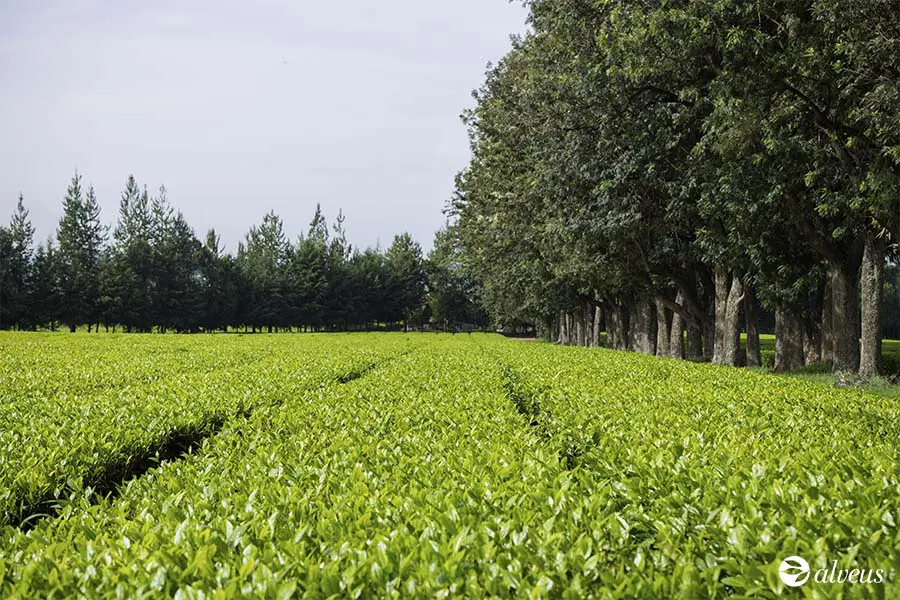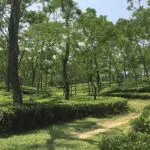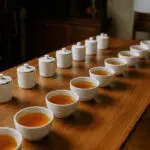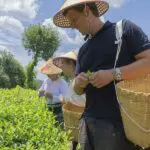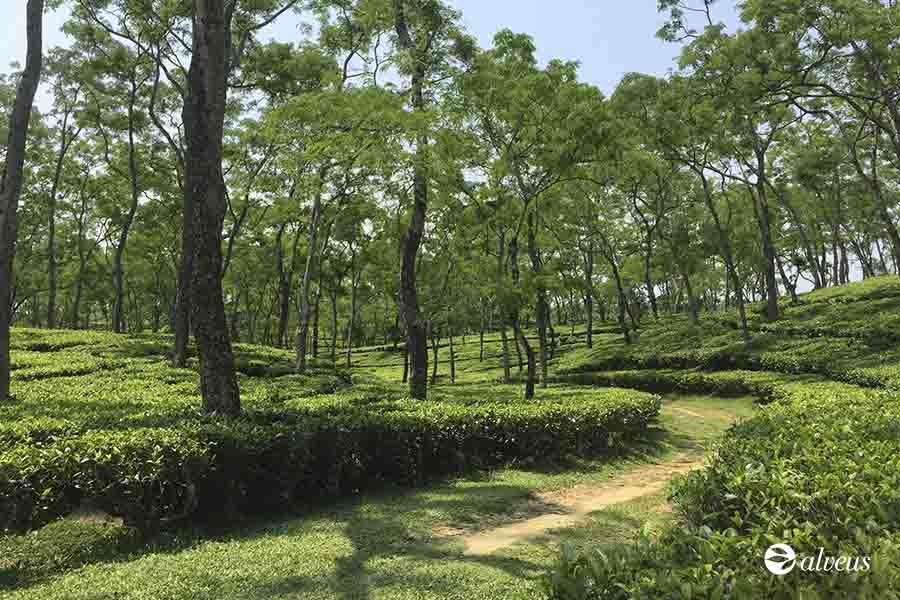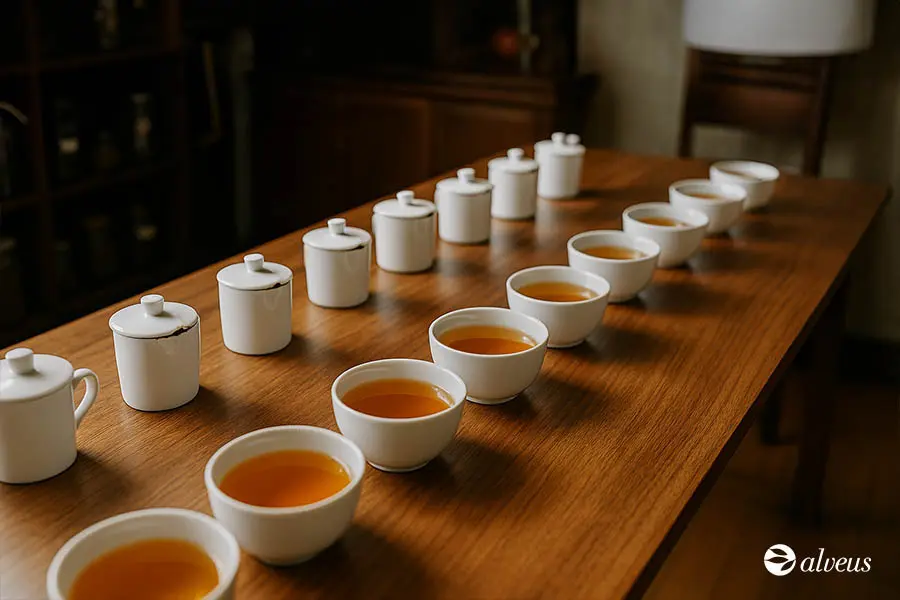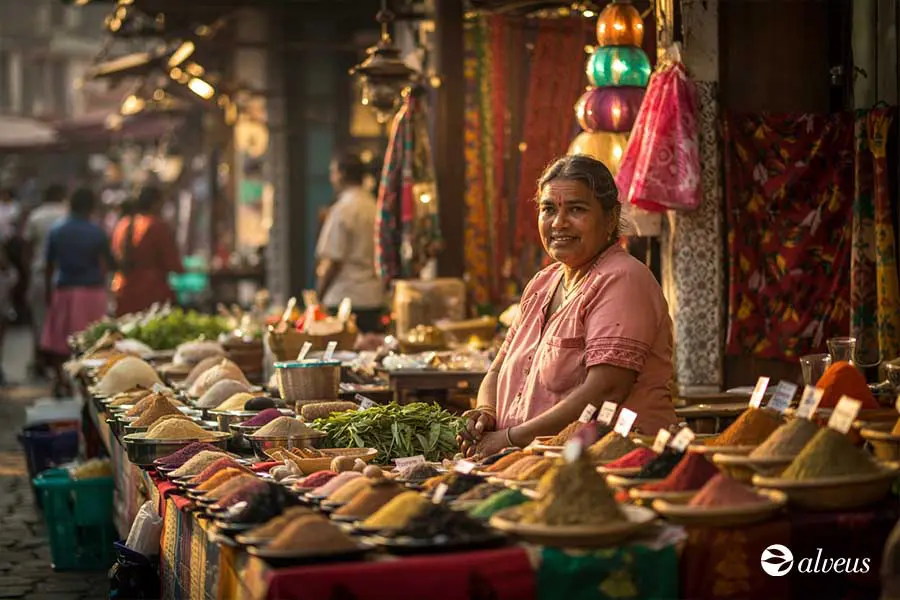Kenyan tea is a key piece in the global tea market. Although it does not lead in production, Kenya stands out as the world’s largest exporter of black tea, thanks to a dynamic and growing industry that has made its mark on the most popular blends in the international market.
In this post, you’ll discover the cultivation regions, the most popular varieties, and the unique characteristics of this tea, which has firmly established itself as one of the stars of the international market.
The Evolution of the Tea Industry in Kenya
Kenya’s tea industry began in the early 20th century when a British planter named G.W. Ainsworth brought the first tea seeds from India in 1903.
However, production didn’t start to take off until after World War II. Since then, the tea industry has grown exponentially, becoming one of the country’s key economic drivers.
Today, Kenya is not only the world’s largest exporter of black tea but has also diversified its production with orthodox teas and green tea, while maintaining its characteristic offering of CTC tea, which forms the base of the world’s most popular tea blends.
Kenya's Tea Industry Challenge
Kenya’s tea industry is relatively new compared to other traditional tea nations like China or India.
However, in just a few years, Kenya has established itself as a global leader in the production and export of CTC black tea (Crush, Tear, Curl), which has found its place in daily tea blends around the world.
The Kenya Tea Development Agency

Over 600,000 small farmers, who make up the majority of tea producers in Kenya, are organized into cooperatives supported by the KTDA. This organization ensures that its products are processed in certified factories with high-quality standards.
Additionally, the KTDA facilitates access to technology, resources, and international markets, allowing even the smallest producers to stand out in a competitive global market.
Impact of Smuggling on the Tea Industry
Tea smuggling is a significant challenge that affects both the country’s tax revenue and small farmers. Illegally imported products often compete unfairly, severely harming the formal industry.
The KTDA, along with the government, has implemented measures such as inspections and stricter regulations to protect the market.
Traditions and Peculiarities of Kenyan Tea
Tea is an essential part of daily life in Kenya, and its consumption has become a cultural tradition. Across the country, both in urban and rural areas, tea is considered a drink of welcome and a symbol of hospitality in many gatherings.
In rural areas, tea is frequently prepared traditionally, by boiling tea leaves in water with milk, and adding sugar to taste. Tea is generally consumed with bread or chapati and is commonly offered to visitors as a gesture of courtesy.
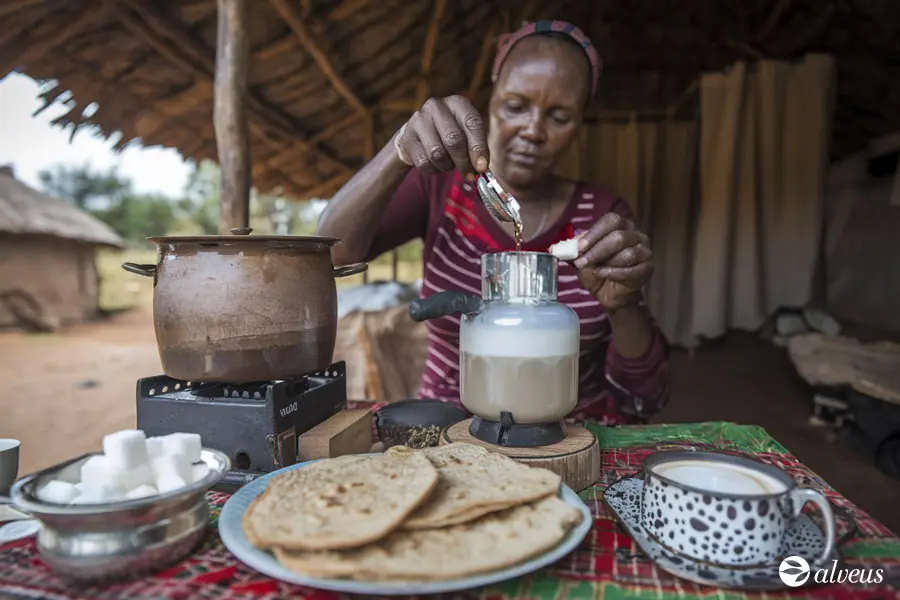
In terms of production, Kenyan farmers are very careful when picking the tea leaves, which must be cut with precision to meet high-quality standards.
Cultivation Areas and Kenyan Tea Production
In Kenya, tea cultivation regions often enjoy moderate temperatures and regular rainfall throughout the year, creating an ideal environment for the development of high-quality tea.
This balance contributes to the richness of the production and flavour profile of Kenyan tea.
East of the Rift Valley (EoR)
In the east of the Rift Valley, regions like Limuru and Mount Kenya stand out for their cool and humid climate, ideal for tea cultivation at altitudes between 1,800 and 2,400 meters.
The volcanic soil in this area adds nutrients that produce bright and vigorous teas, perfect for strong blends that pair well with milk.
The production is led by small farmers organized into cooperatives under the KTDA, ensuring high-quality standards.
West of the Rift Valley: Kericho and Nandi
Regions west of the Rift Valley, particularly Kericho and Nandi, are also recognised for their high-quality tea production. Although these areas have slightly lower altitudes than those in the east of the Rift, the conditions are still ideal for tea cultivation.
Both regions enjoy temperate and rainy climates with altitudes ranging from 1,500 to 2,100 meters, which favours the constant growth of tea plants.
Kericho
Kericho is known for its large private plantations, which dominate production in the region. These plantations are more directly quality-controlled and are managed by companies that invest in modernising their production processes.
As a result, Kericho teas often have a stronger taste, with a robust character that holds up well in commercial blends.
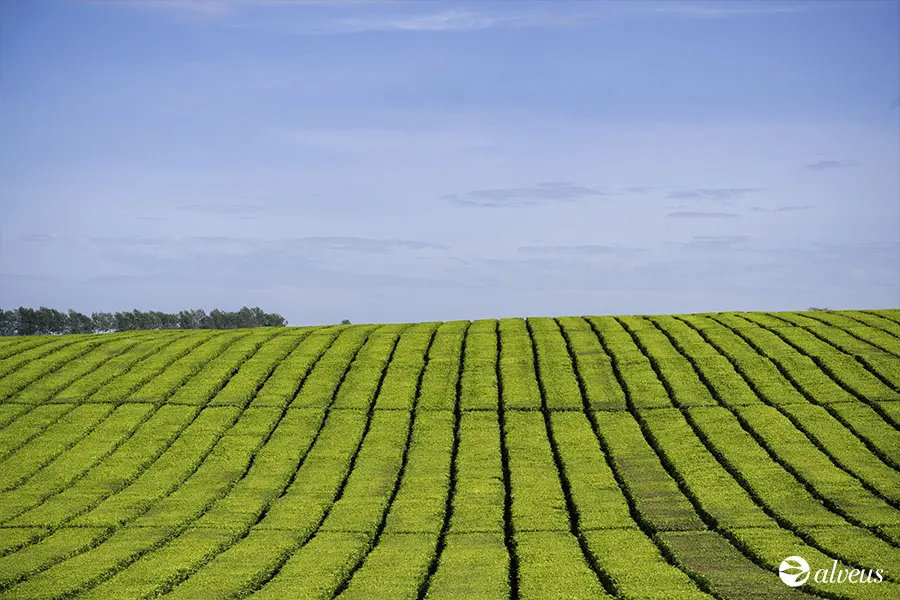
Nandi
Nandi, on the other hand, is known for its diversified production, both in terms of tea varieties and cultivation methods. While large private plantations predominate in the area, Nandi also hosts small farmers working with cooperatives and the KTDA.
Nandi teas have a smoother profile than those from Kericho, yet they still stand out for their deep, nuanced flavour, making them ideal for more demanding tea markets.
The Most Popular Kenyan Teas
Kenya is mainly known for its production of black tea, particularly the CTC variety, which is preferred in mass-market tea blends.
However, the country has also begun to produce orthodox teas and green teas, which are gaining increasing popularity in international high-end markets.
Kenyan CTC Tea: The Heart of Production
CTC tea (Crush, Tear, Curl) is the cornerstone of Kenya’s production, especially in the conventional tea blend sector.
The production process involves a specialised machine that crushes, tears, and curls the tea leaves, resulting in small, uniform leaves.
This type of tea is ideal for those seeking a quick, strong infusion, with a robust flavour and a bright colour that pairs well with milk. Leading brands in key markets such as the UK, Pakistan, and Egypt use Kenyan tea in their blends, highlighting the quality and consistency of tea produced through the CTC method.
Kenyan Orthodox Tea: Expanding Diversity
While CTC tea dominates Kenyan production, the country has started to produce more orthodox tea, a style that allows for greater complexity and delicacy in flavour.
Some of the most notable factories producing orthodox tea include Kangaita in the eastern Rift area, and Emrok and Tinderet in Nandi.
These orthodox teas have a more elegant profile, with fruity and floral notes and a lighter texture than CTC tea.
Discover Kenyan Orthodox Black Tea TGFOP1 Kaimosi in our online store, Alveus Shop, and offer your customers high-quality Kenyan tea.
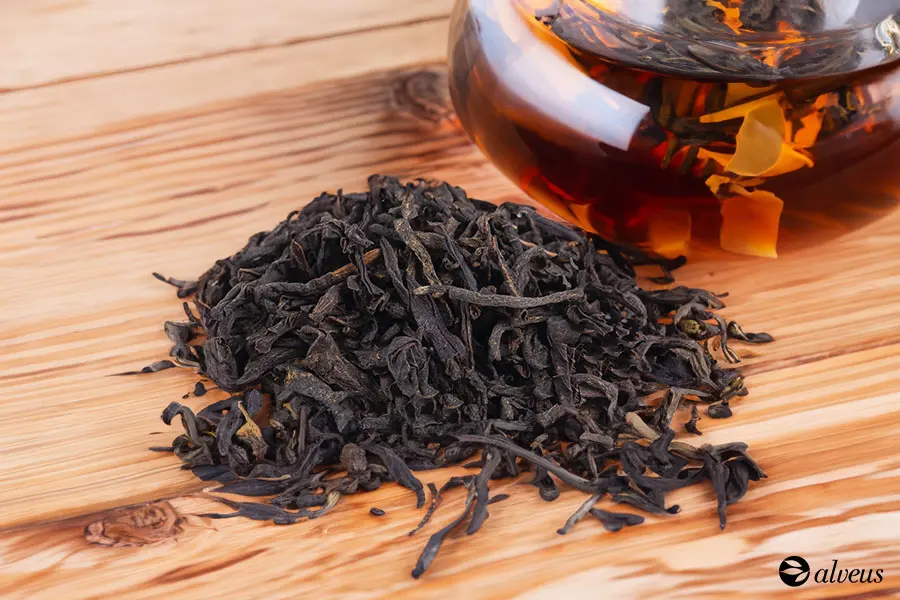
Kenyan Green and Oolong Tea: Emerging Opportunities
Kenya is also boosting green tea production, a market that has grown significantly in recent years due to the increasing demand for healthy, antioxidant-rich teas.
Kenyan green tea, produced in regions like Kangaita and Kericho, has proven to have a fresh, vibrant taste, making it perfect for consumers seeking an alternative to traditional teas from China or Japan.
On the other hand, oolong tea is emerging as an option for consumers looking for complex profiles that combine the characteristics of both black and green tea. Nandi is a key region for this variety, thanks to its unique conditions.
Purple Tea: Kenya's Exclusivity
Purple tea is a unique variety, recognized for its characteristic colour due to anthocyanins, antioxidant pigments also found in fruits like blueberries.
With notes that combine the freshness of green tea and the astringency of black tea, purple tea stands out for its herbaceous profile and healthy appeal, positioning itself as an exotic option in high-end markets.
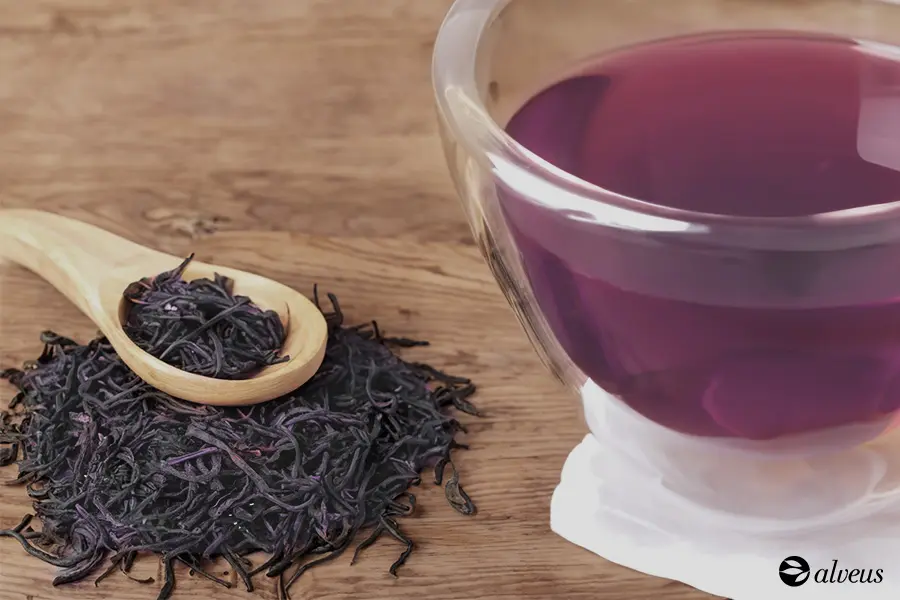
Conclusion
The future of Kenyan tea is promising, but not without challenges. With advancements in the diversification of its production, such as the growth in orthodox and green teas, Kenya is solidifying its position as a key supplier in the global tea chain.
Its ability to produce consistently throughout the year gives it a significant competitive advantage. However, it must face challenges such as climate change and fluctuating demand from large international companies.
As the global market shifts towards more specialized and high-quality teas, industry professionals have a unique opportunity to explore and capitalize on what Kenya has to offer.
With a combination of stability, innovation, and adaptability, Kenyan tea is a symbol of resilience and a safe bet for the future of the international tea market.


